Charles Bouman
Data driven synthetic wavefront generation for boundary layer data
Sep 07, 2024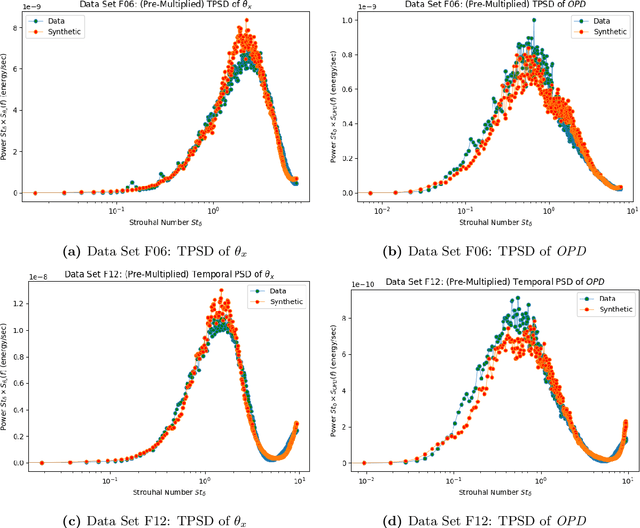
Abstract:Disturbances such as atmospheric turbulence and aero-optic effects lead to wavefront aberrations, which degrade performance in imaging and laser propagation applications. Adaptive optics (AO) provide a method to mitigate these effects by pre-compensating the wavefront before propagation. However, development and testing of AO systems requires wavefront aberration data, which is difficult and expensive to obtain. Simulation methods can be used to generate such data less expensively. For atmospheric turbulence, the Kolmogorov-Taylor model provides a well-defined power spectrum that can be combined with the well-known angular spectrum method to generate synthetic phase screens. However, as aero-optics cannot be similarly generalized, this process cannot be applied to aero-optically relevant phenomena. In this paper, we introduce ReVAR (Re-Whitened Vector Auto-Regression), a novel algorithm for data-driven aero-optic phase screen generation. ReVAR trains on an input time-series of spatially and temporally correlated wavefront images from experiment and then generates synthetic data that captures the statistics present in the experimental data. The first training step of ReVAR distills the input images to a set of prediction weights and residuals. A further step we call re-whitening uses a spatial principal component analysis (PCA) to whiten these residuals. ReVAR then uses a white noise generator and inverts the previous transformation to construct synthetic time-series of data. This algorithm is computationally efficient, able to generate arbitrarily long synthetic time-series, and produces high-quality results when tested on turbulent boundary layer (TBL) data measured from a wind tunnel experiment. Using measured data for training, the temporal power spectral density (TPSD) of data generated using ReVAR closely matches the TPSD of the experimental data.
Edge Projection-Based Adaptive View Selection for Cone-Beam CT
Jul 17, 2024


Abstract:Industrial cone-beam X-ray computed tomography (CT) scans of additively manufactured components produce a 3D reconstruction from projection measurements acquired at multiple predetermined rotation angles of the component about a single axis. Typically, a large number of projections are required to achieve a high-quality reconstruction, a process that can span several hours or days depending on the part size, material composition, and desired resolution. This paper introduces a novel real-time system designed to optimize the scanning process by intelligently selecting the best next angle based on the object's geometry and computer-aided design (CAD) model. This selection process strategically balances the need for measurements aligned with the part's long edges against the need for maintaining a diverse set of overall measurements. Through simulations, we demonstrate that our algorithm significantly reduces the number of projections needed to achieve high-quality reconstructions compared to traditional methods.
Model-based Reconstruction for Multi-Frequency Collimated Beam Ultrasound Systems
Nov 29, 2022Abstract:Collimated beam ultrasound systems are a technology for imaging inside multi-layered structures such as geothermal wells. These systems work by using a collimated narrow-band ultrasound transmitter that can penetrate through multiple layers of heterogeneous material. A series of measurements can then be made at multiple transmit frequencies. However, commonly used reconstruction algorithms such as Synthetic Aperture Focusing Technique (SAFT) tend to produce poor quality reconstructions for these systems both because they do not model collimated beam systems and they do not jointly reconstruct the multiple frequencies. In this paper, we propose a multi-frequency ultrasound model-based iterative reconstruction (UMBIR) algorithm designed for multi-frequency collimated beam ultrasound systems. The combined system targets reflective imaging of heterogeneous, multi-layered structures. For each transmitted frequency band, we introduce a physics-based forward model to accurately account for the propagation of the collimated narrow-band ultrasonic beam through the multi-layered media. We then show how the joint multi-frequency UMBIR reconstruction can be computed by modeling the direct arrival signals, detector noise, and incorporating a spatially varying image prior. Results using both simulated and experimental data indicate that multi-frequency UMBIR reconstruction yields much higher reconstruction quality than either single frequency UMBIR or SAFT.
Model-Based Reconstruction for Collimated Beam Ultrasound Systems
Feb 20, 2022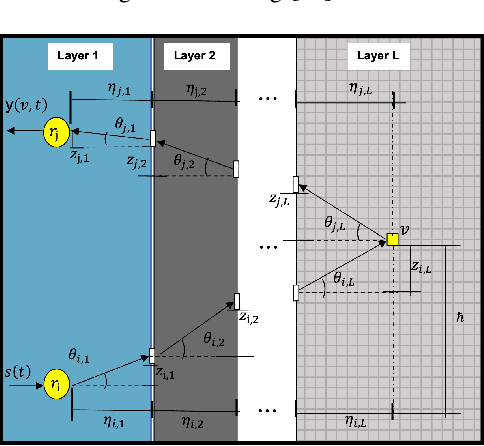
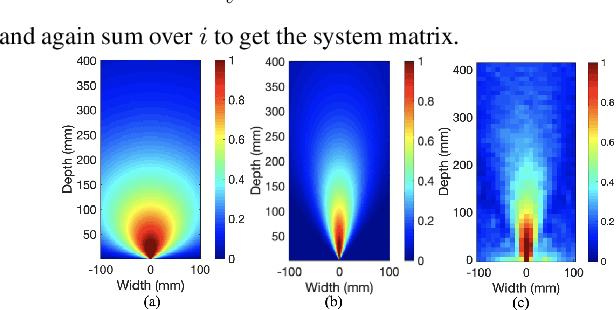
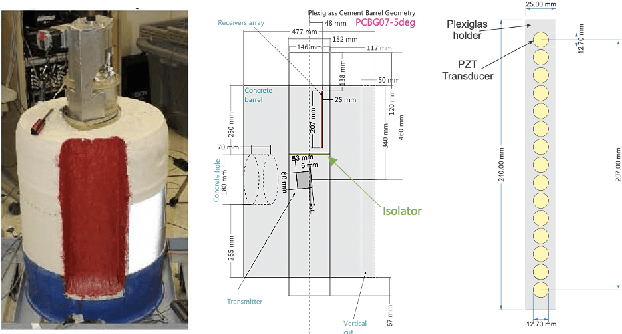
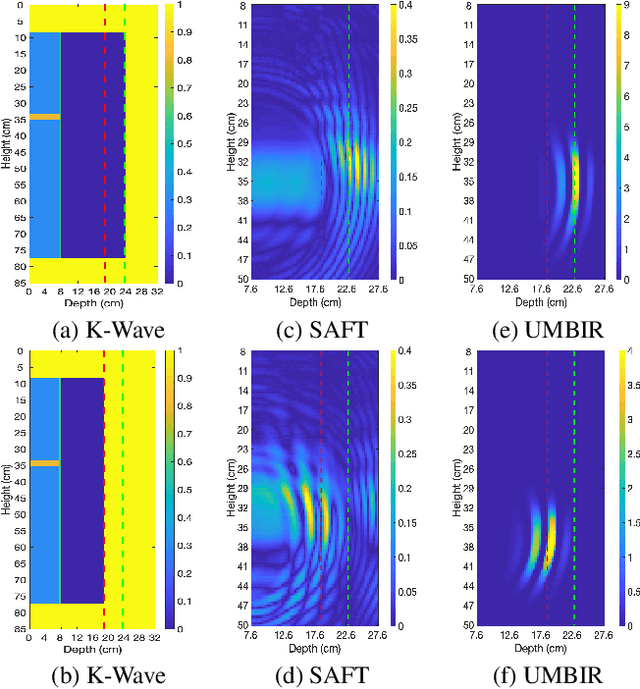
Abstract:Collimated beam ultrasound systems are a novel technology for imaging inside multi-layered structures such as geothermal wells. Such systems include a transmitter and multiple receivers to capture reflected signals. Common algorithms for ultrasound reconstruction use delay-and-sum (DAS) approaches; these have low computational complexity but produce inaccurate images in the presence of complex structures and specialized geometries such as collimated beams. In this paper, we propose a multi-layer, ultrasonic, model-based iterative reconstruction algorithm designed for collimated beam systems. We introduce a physics-based forward model to accurately account for the propagation of a collimated ultrasonic beam in multi-layer media and describe an efficient implementation using binary search. We model direct arrival signals, detector noise, and a spatially varying image prior, then cast the reconstruction as a maximum a posteriori estimation problem. Using simulated and experimental data we obtain significantly fewer artifacts relative to DAS while running in near real time using commodity compute resources.
 Add to Chrome
Add to Chrome Add to Firefox
Add to Firefox Add to Edge
Add to Edge